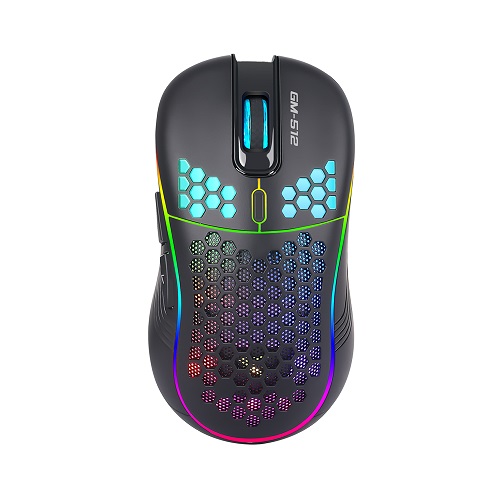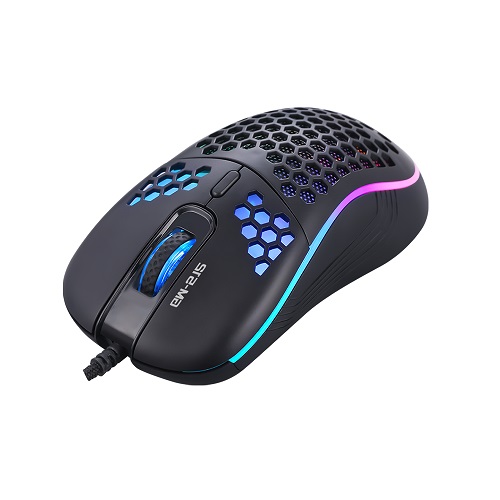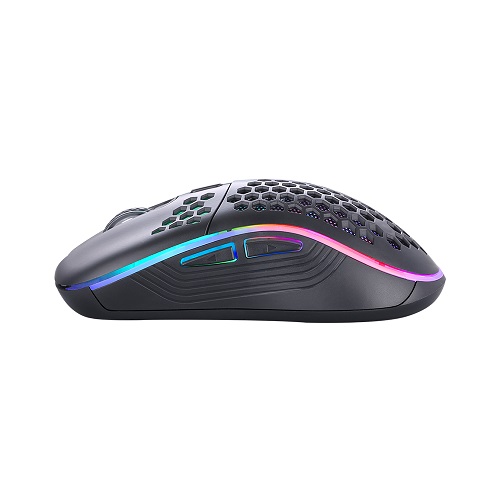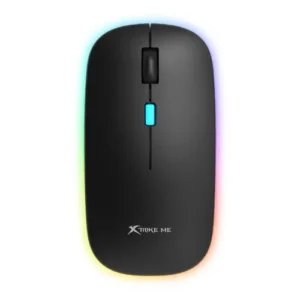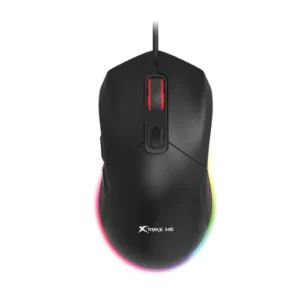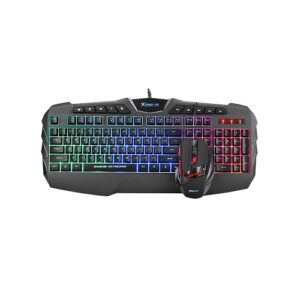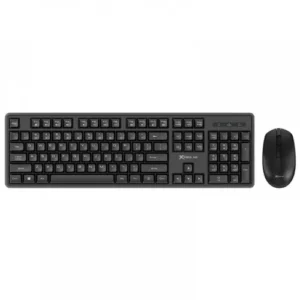Understanding Gaming Mouse Specifications
When selecting a gaming mouse, understanding the various specifications is crucial for optimizing performance and enhancing the overall gaming experience. One primary aspect to consider is the connection type. Gaming mice are primarily categorized as either wired or wireless. Wired connections are often preferred for competitive gaming due to their lower latency and consistent performance without the concerns of battery life. In contrast, while wireless gaming mice have advanced significantly, offering similar response times, competitive gamers typically lean towards using wired options to eliminate any potential for lag during high-stakes gameplay.
Resolution, commonly measured in DPI (dots per inch), plays a significant role in how a mouse interacts with your gaming surface. Many gaming mice offer DPI settings ranging from 800 to 6400, with 6400 DPI being the default setting for many models. A higher DPI means that the cursor moves faster in relation to the mouse movements, allowing for quick adjustments during intense gaming sessions. However, it is essential to find a balance between high DPI settings and personal comfort, as overly sensitive settings may hinder precision when aiming.
Additionally, cable length is another factor that significantly influences user experience. A standard cable length of 1.6 meters accommodates movement for most gaming setups, allowing players enough flexibility without becoming tangled. A longer cable length may enhance mobility, but excessive slack can also lead to a cumbersome experience. Therefore, it is advisable to consider your gaming space and preferred setup when evaluating cable lengths.
In summary, understanding the specifications of gaming mice—connection types, resolution options, and cable lengths—can help gamers make informed decisions that contribute to a more enjoyable gaming experience.
Gaming Features and Durability of Gaming Mice
The gaming mouse market is characterized by a multitude of specific features designed to enhance the user experience and performance of gamers. One prominent feature is the inclusion of multiple programmable buttons—typically ranging from 5 to 7. These buttons allow users to customize actions and commands, leading to improved gameplay efficiency. Gamers can assign complex macros or essential commands to these buttons, providing a competitive advantage in fast-paced environments. This level of personalization is vital for gamers who rely on speed and precision, making it easier to execute intricate maneuvers without hassle.
Another critical aspect of gaming mice is their durability, which is often measured in terms of click lifespan. Most gaming mice are engineered for longevity, featuring a lifecycle of around 3 million clicks. This durability ensures that gamers can rely on their equipment over time without fear of premature wear or failure during intense gaming sessions. The robust construction of a gaming mouse not only enhances its longevity but also affects performance consistency, enabling a dependable gaming experience.
Moreover, purchasing a gaming mouse typically comes with a standard 1-year warranty. This warranty provides buyers with peace of mind about the durability of their investment. It signifies that manufacturers are confident in the quality of their products, assuring consumers that they can seek repairs or replacements within the warranty period if any issues arise. When contemplating the purchase of a gaming mouse, potential buyers should carefully evaluate these features. The combination of customizable functionality, extensive durability, and warranty support is essential for enhancing gaming performance and user satisfaction, making these elements critical factors in the decision-making process.
